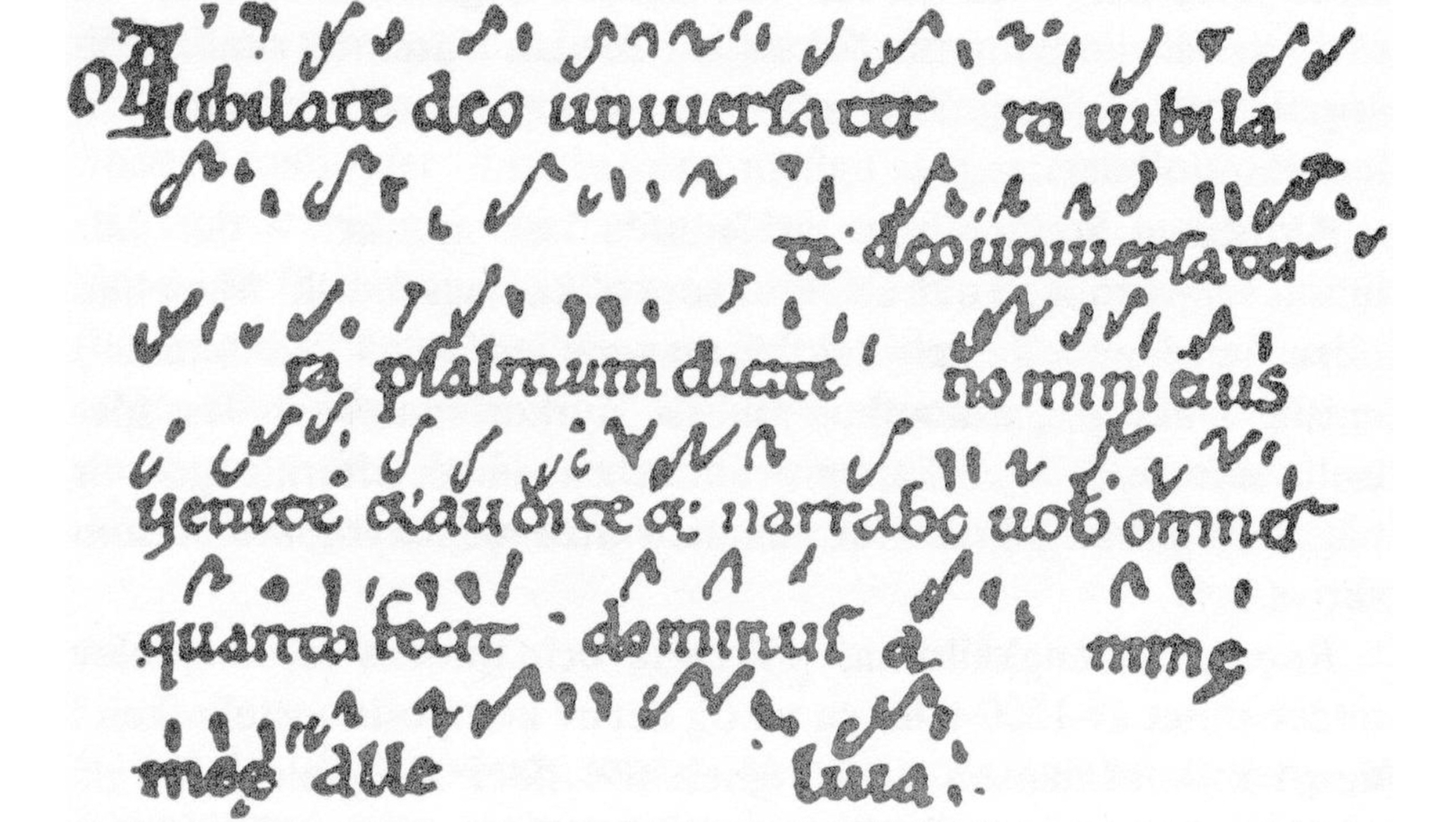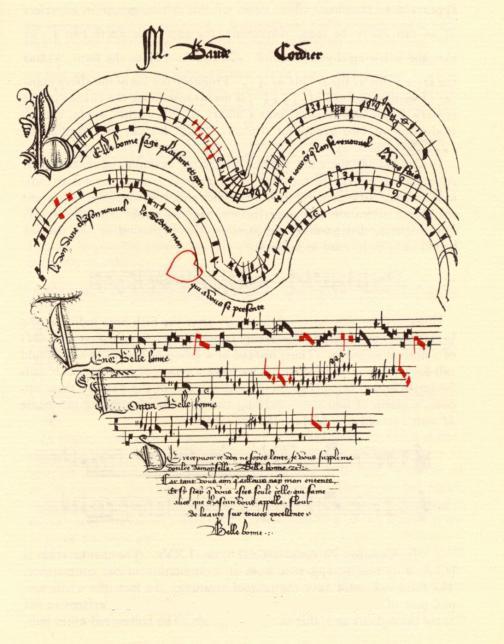The History of Western Music - Notes On Lecture 2. Musical Evolution
Summary
In lecture two, we delve into the development of Western music notation and theory from the Middle Ages onward. We explore the evolution from early neumatic notation to the introduction of the hexachord and four-line staff by Guido of Arezzo, and the eventual standardization of the five-line staff and rhythmic notation. The lecture highlights the profound impact these innovations had on the complexity and richness of polyphonic compositions familiar to us today.
Notes
Music Notation In The Middle Ages
Music notation started to flourish in the Middle Ages. 500 - 1500 AD.
Monks in monasteries used to chant in unison. This was called Plainchant. They took religious texts and turned them into chants. There’s no sign of rhythm or repetition, though.
Music exists in a physical space. That space in turn influences the music itself. Plainchant was sung in resonant churches and cathedrals.
Below is an example of early Music Notation. It’s relative rather than absolute and shows the chanted words with notation markings above. These are called neumes. They show relative pitch and melodic contour, sung over a single syllable. The two symbols telling the voice to go up or down are called acutus and gravis (like Gravity).

The Expansion Of Notation
The expansion of notation came about from the expansion and growth of cultures. As a region's power grew, they needed better ways to communicate over larger distances. Notation was the way you could do that with music. It meant you could still have a shared culture over large distances too.
The Development Of Music Theory
Guido of Arezzo was an Italian music theorist who developed the Hexachord system and the musical staff. This was the birth place of the major and minor scales scales we use today. He also is known for inventing the musical staff. At the time, he used a 4-line staff. The 5 line staff becomes standardised in 1600.
The hexachord scale is symmetrical. People back then had a love of music being mathematically perfect and so the scale was built to reflect that.
It was made up of six pitches named: ut, re, mi, fa, sol, and la, with the semitone between mi and fa. These six names are derived from the first syllable of each half-verse of the first stanza of the 8th-century Vesper hymn Ut queant laxis.
Reading Music
There is something fascinating called the Guidonian Hand. It’s a Pedagogical Device used to teach singers who couldn’t read music. You could point to a joint on a certain finger and the singer would know what note to sing.
Rhythmic Modes
We said earlier that plainchant didn’t notate rhythm. They did use something called rhythmic modes though. These were recurring patterns of beats and durations that established a rhythmic structure.
Interestingly, they are the same as the meters used in Poetry.
- Trochaic Meter: The alternation between a long and short note.
- Iambic Meter: Alternation between short and long notes.
- Dactylic Meter: Succession of three notes with the first one long and the following two short.
- Anapest Meter: Succession of three notes with the first two short and the third long.
- Spondee Meter: Consists of two equal long tones or stressed syllables.
- Tribrach Meter: Three short or unstressed syllables.
If you knew the Rhythmic Mode of a piece, you could probably figure out the rhythm of the whole piece. It's like figuring out the key of a song and being able to play a guitar solo over the whole thing (as long as it doesn't change keys).
Meter: a regular pattern of weak and strong beats. It’s the organisation of these accented and unaccented pulses.
Rhythmic Notation
Mensural Notation came about in the 13th Century. It's a system of notation that uses symbols to represent precise rhythmic durations.
Introducing mensural notation (or divisive rhythms) meant that you could perfectly synchronise two different voices in a piece of music. They could have different rhythms and harmonies but would be able to sing together. Sounds normal now but this was advanced staff in the 13th century.
There are other forms of rhythm. For example, Eastern European Folk Music doesn't divide the beats evenly like we do. They have asymmetric long and short beats. This is called an Aksak Rhythm which means limping rhythm. It's a matter of feeling the pulse rather than our very mathematical way of dividing.
Complex Music
The Chantilly Codex was created in the 14th Century. They took the new notation technology and pushed it to its fullest with complex harmonies and rhythms. They even had advanced ways of writing the music.

The chanson Belle, Bonne, Sage by Baude Cordier, written in the shape of a heart, with a red note coloration string of notes forming another heart
Guillaume de Machaut composed a piece that is a Palindrome. Other people composed pieces where each part looped but at slightly different times. This was the sort of technical complexity you could now do with music.
This reflects what's happening with AI right now. Everyone is super excited about using it so they push the limits and create weird and wonderful things with it.
Harmonic Sounds
Harmonic sounds are made up of periodic vibrations, or frequencies, that are integer multiples of a fundamental frequency.
Noise, on the other hand, is characterised by random and unstructured frequencies.
What’s interesting to me, though, is that you can play lots of percussive “noise” very fast and close together, and it will produce a harmonic frequency.
A Sine Wave is an example of a pure harmonic sound that contains no noise. A piano has the noise of the hammer striking the string.